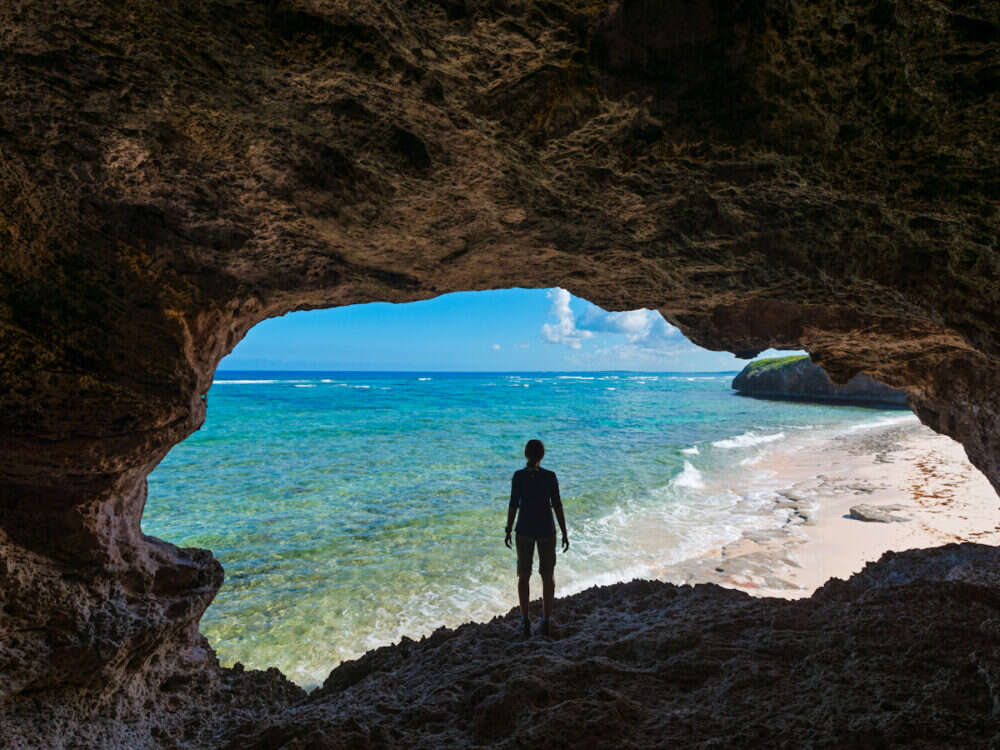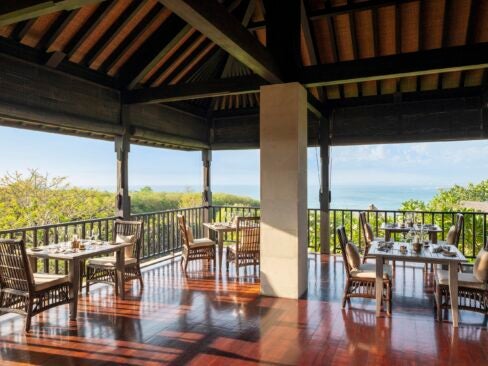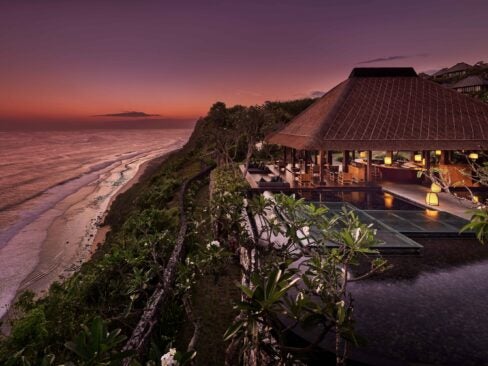Turks and Caicos is catching the eye of tourists in the ecotourism sector thanks to its white-sand beaches, stunning diving sites, exciting water sports, and chances for close encounters with distinctive wildlife.
Specifically, the island of North Caicos is regarded as the ideal location for an ecotourism hub. Known as the Garden Island, North Caicos provides peaceful seclusion for eco-minded tourists seeking a relaxing break where they can enjoy all that nature has to offer in a tropical paradise.
North Caicos spans 41 square miles, located 12 miles north-east and a mere 30-minute ferry ride from Providenciales, the luxury tourism hotspot of the Turks and Caicos Islands. Yet the identity of North Caicos is far different to its busier neighbor. The secluded island features a protected marine nature reserve, rich in mangrove trees and sheltered fish nurseries, as well as a colony of native flamingos.
Alongside the untouched, sprawling acres of rugged nature, North Caicos is home to the Turks and Caicos’s most historical sites dating back to the Loyalist days of the late-1700s. This combination of historical and cultural features with unspoiled natural beauty creates a unique first-mover opportunity for investors to establish a picturesque ecotourism development.
To learn the 10 reasons to invest in Turks and Caicos and find out other details about the islands, download a free white paper here.
“You can almost get lost in this peaceful environment,” says the Honourable E. Jay Saunders, Deputy Premier of the Turks and Caicos Islands and the minister responsible for investment. “You don’t have people running up and down everywhere. It is kind of like being on an African safari and being the only person out there.”
When exploring North Caicos, it is rare to encounter anyone else when walking off the beaten track on one of the island’s many trails and there is minimal traffic on the roads.
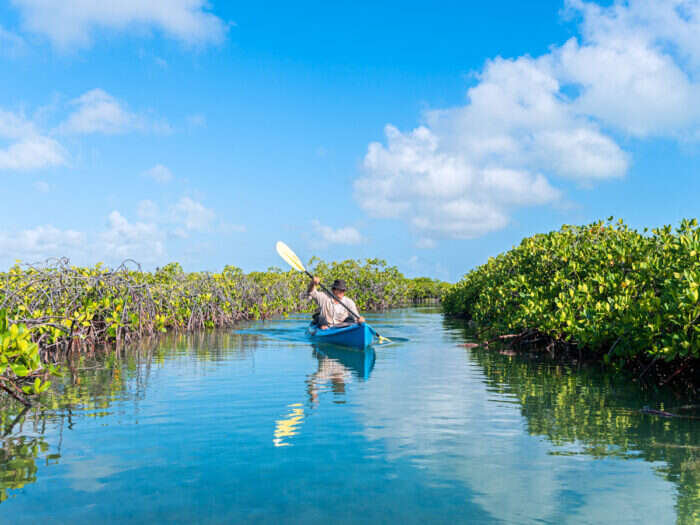
The seclusion of the island makes it an ideal place for nature enthusiasts who just want to relax and enjoy an unstructured getaway / ©VisitTCI.com
“You can drive through North Caicos and perhaps pass only one other car on the road. That is how quiet and peaceful it is,” explains Angela Musgrove, acting CEO of Invest Turks and Caicos, a government agency that facilitates foreign direct investment in the islands. “That seclusion of the island makes it an ideal place for nature enthusiasts who want to relax and have an unstructured getaway. North Caicos is known for its lush greenery, flamingos and its tranquillity. The acres and acres of arable land on North Caicos makes the island truly a perfect location to build a development that is the picture of successful ecotourism.”
Ecotourism development
Turks and Caicos is an archipelago that consists of more than 40 islands and cays. The majority of accommodation options are on the island of Providenciales, catering to the high-end, luxury market. However, the other islands have much more limited hotel inventory, with barely 20 rooms available in North Caicos at present.
To meet the demand for accommodation, the government is encouraging residents with spare rooms to register on sharing platforms such as Airbnb. The plan is to grow the tourism sector in the short to medium term with a very selective process for the ideal investment project to stimulate growth in the accommodation sector.
“To drive long-stay tourism, we need to get the room inventory up pretty quickly, far faster than we can get a developer here to build a hotel,” says Saunders.
The National Physical Development Plan (NPDP) identifies an area at the north end of the flamingo pond as the most suitable location for an ecotourism hub on North Caicos. One idea is to build a small village-style resort consisting of single-story villas and luxury eco pods, all spaced out to allow nature to flourish next to the man-made structures.
“The ideal scenario would be a development that then has very minimal impact on the environment, but that also takes the environment into its design aesthetic,” adds Saunders. “The experience for guests is unparalleled. It is a very authentic experience, but it is also one where you can get out into nature and not have it too touristy or crowded.”
According to Musgrove, boutique hotel development would be a perfect fit for North Caicos.
“We envision initial development of not more than 200-rooms; eco-friendly resorts with a focus on agritourism, perfect for the traveling naturalist,” she says. “A sanctuary that provides the luxury of a high-end boutique resort while taking full advantage of its native settings. Development that would bring the outdoors in with a farm-to-table experience that capitalizes on what the Garden Island has to offer, allowing guests to reconnect with nature.
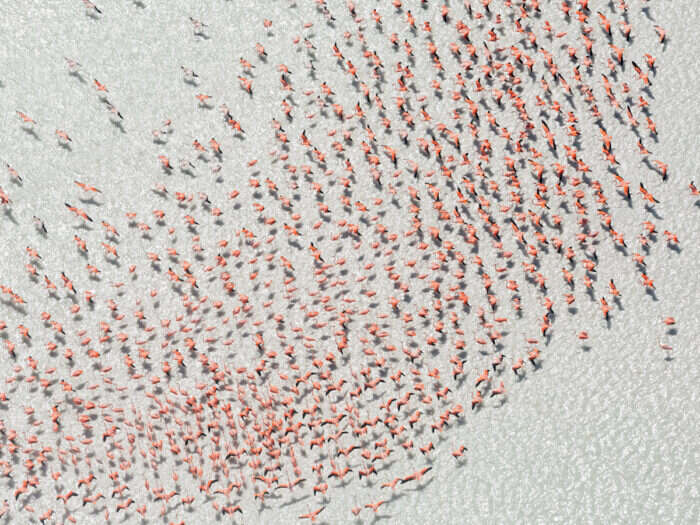
North Caicos features a protected marine nature reserve, rich in mangrove trees and sheltered fish nurseries, as well as a colony of native flamingos / ©VisitTCI.com
“This niche getaway will allow visitors to enjoy the simple life of the island while connecting to its abundant surroundings. So, you have that simple life that is embedded luxuriously into a natural setting.”
Utilizing the island’s fertile soil to grow fresh fruit and vegetables for guests will bring down costs, alongside reducing the carbon footprint from imports. There is also the potential for partnerships with other hotels on the neighboring Turks and Caicos Islands to make further emissions savings.
Historically, Kew in North Caicos has been the main farming center of the Turks and Caicos Islands. Government initiatives and subsidies are reviving the 143-acre working farm in Kew, which is currently growing and selling produce in North Caicos and a small farmers’ market in Provo.
To improve accessibility, the Bellefield Landing port infrastructure development is currently under way, while an FBO (fixed-based operator) is in the works for North Caicos and Middle Caicos.
Protecting nature
The Turks and Caicos Islands government has controls to make sure that developments enhance local communities and do not damage the pristine natural environment. The NPDP provides a vision for sustainable growth that benefits the government, the community, and public and private stakeholders.
“To ensure that developments do not adversely impact the natural environment, we have very strong environmental protections, regulations and legislation,” adds Musgrove. “Environmental Impact Assessments must be done before licenses and permits are approved for any development. We understand the need to protect the invaluable environmental resources we have and also recognize the need for all stakeholders to act cooperatively as we delicately balance the encouragement of development while protecting the environment.”
The Physical Planning Ordinance sets the foundational legislation for the Planning Department to regulate development within the Turks and Caicos Islands. The NPDP works within these guidelines to determine where the country should continue to grow and where preservation is needed. This includes establishing and protecting conservation sites.
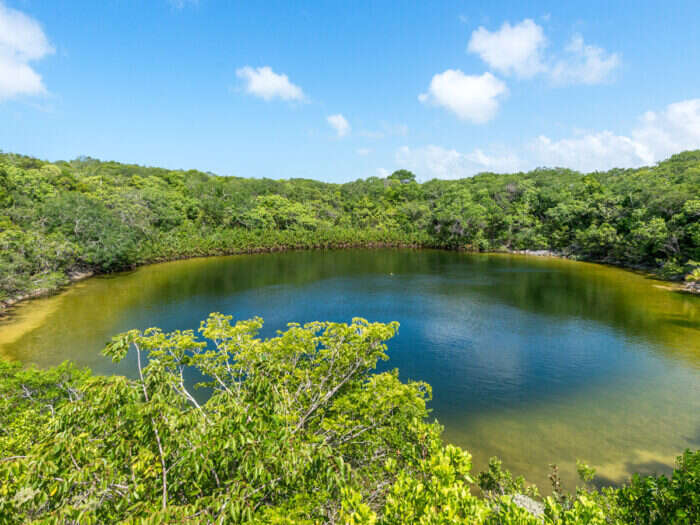
The Turks and Caicos Islands government has controls to make sure that developments enhance local communities and do not damage the pristine natural environment / ©VisitTCI.com
“Areas identified in the NPDP have great potential for future developments,” says Musgrove. “The areas are both accessible and meet land-use requirements by the TCI Government and have good access to already established island centers. These scenic areas also allow for easy access to beaches and historic amenities.”
To navigate these regulations, Invest Turks and Caicos offers a full range of services to assist developers and investors. The agency can also advise on the Turks and Caicos Islands’ attractive low tax system, which levies no income tax on revenues from properties. In addition, there is a lack of capital gains tax on property, as well as no corporate or personal taxes.
“I would encourage any developer to start talking to Invest TCI as early as possible,” says Saunders. “So, we can see what it is that they are trying to achieve and see how we can move any obstacles out of the way.”
To learn the 10 reasons to invest in Turks and Caicos and find out other details about the islands, download a free white paper here.





